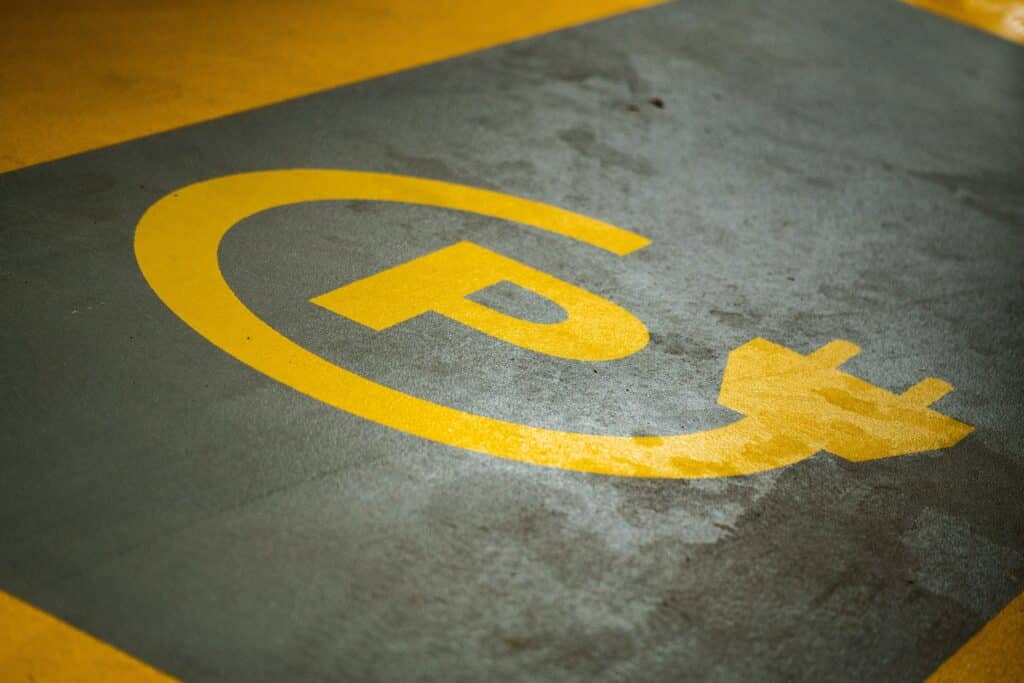“Decoding the elements of universal access to energy”
FSR Topic of the Month – May Editor: Swetha RaviKumar Bhagwat
Fourth instalment by Swetha RaviKumar Bhagwat
If you are even remotely following the news on energy access, you would have come across these two off-grid energy stars1– Stand-alone systems (Alpha) and Mini-grids (Beta) being mentioned in almost every other article. Their entourage is nothing less than that of a superstar in the making. Policy makers, investors, business personnel, regulators and academics are flocking to study them. What did their journey look like and who were supporting them through this?
Their journey began not so long ago and only in recent years have they emerged to the surface thanks to the support from a few key domains. Introducing technology who is their lead manager. As a first pick, technology supported mini-grid, who was closer to home and an extension to the traditional understanding of the energy system, the only major difference being the scale. Despite having a theoretically perfect product, technology was unable to launch mini-grids successfully for many years. There was simply no support from the other key promoter namely, policy. Since policy didn’t find the urgency to address mini-grid’s interest, other stakeholders such as investment, business and regulation fell through. The only one who embraced mini-grids until their recent stardom was academia. Hence mini-grids stuck to practice and trial sessions confined to a piece of paper for many years.
In parallel, technology decided to concentrate on developing stand-alone systems who focused on mastering the art of using the renewable energy resource called solar. This mastery included efficient use of solar panels and at an affordable rate. This unlocked the potential use of stand-alone systems, who started to get offers from across the energy consumption chain for a performance. Naturally, solar based stand-alone systems were presented for use at household levels, commercial levels and industrial levels and in each case got a high recognition. But despite this stellar performance, the cost of solar based stand-alone systems was still too high for those who lacked energy access.
But soon, things changed positively after SE4ALL (Sustainable Energy for All) came into the picture and shined the limelight. Following which Sustainable Development Goals (SDGs) listed their relevance and addressed this in the SDG goal No.7 which pushed clean and modern energy to the forefront. Meaning, a majority of the solutions would be powered by renewable energy resources and energy efficient measures. With a strong push from their good friend academia and the SDG 7, both mini-grids and stand-alone systems were noticed and picked up by policy at long last. Few countries started to assess their true potential and went on a fast track mode to give them their due importance, which was noticeable at the COP 21 in Paris.
Seeing this nurturing and enabling environment, business decided to give them a serious shot, following which investment walked in more confidently. Although this created some commotion, without the support of the appropriate measures from regulation, the dream would be short lived. Regulation who is now their enabling agent, should pitch the right set of rules and implement policy’s agenda in such a way that it serves the best interest of all those involved. This means regulation would need to govern and keep a close check on the quality of technology, flow and ease of investments, maintaining the enabling business environment while ensuring the needs and convenience of those who lack energy access. Although the job description for regulation is quite clear, the implementation of it is a bit tricky as the market is still evolving.
Like any good star, both alpha and beta know that they would need to constantly upgrade to be relevant. Their entourage also has duly acknowledged this. Technology took support from innovation and roped in auxiliary technologies such as energy storage, smart grids, efficient appliances and internet of things (IoT) to catapult to the top and to ensure constant interaction with the technology adopters. Investment assisted business and took support from dedicated players such as government, development banks, investment funds and impact investors to fund alpha and beta. Additionally, innovative consumer finance such as microfinance, group loans, community loans, subsidies, grants, instalments, pay-as-you-go and fixed tariff comforted investment and business to expand and provide reliable and affordable energy access solutions. Thus, ensuring a steady growth for both alpha and beta, who are proving to be worthwhile with all this dedicated support from the entourage and acceptance from those that lack access to energy. However, only time will tell for how long will they continue to be in the limelight.
According to the Bloomberg off-grid 2016 status report some key statistics are:
- Target Population – 1.2 billion people spread across Sub-Saharan Africa and developing Asia.
- Traction countries – Kenya, Tanzania, Ethiopia and India.
- In terms of recourses used, clearly solar is leading the way. Biomass is soon emerging.
- Over the last 10 years, more than 100 companies are active in the off-grid space, majority of which offer stand-alone systems and the rest mini-grids.
- Stand-alone systems are the main product of the market. ~20 mln branded products were sold (mid 2015) and ~89 mln people in the developing world have at least one such product in their house.
- Solar Lanterns – price ranges from $20 to $5, which account for 59% of sales.
- Pay-as-you-go (PAYG) firms attract more investments (~ $160 mln in 2015). ~20 companies offer this mainly in East Africa.
- ~47mln households with no electricity have an annual income $3,650-$18,250, which reflects to $2-10/day per 5 household members.
- Rapid advancement to off-grid systems for use in Lighting + Mobile + TV/Radio/Fan/Refrigeration. Revenue per unit is higher for larger systems.
- Likely sales growth rate – 34% CAGR in the next 5 years.
- Last Mile is key – distribution networks and customer relationships is essential for sustained growth.
1In the context of sustainable energy access, stand-alone systems and mini grids primarily focus on renewable energy based systems.






